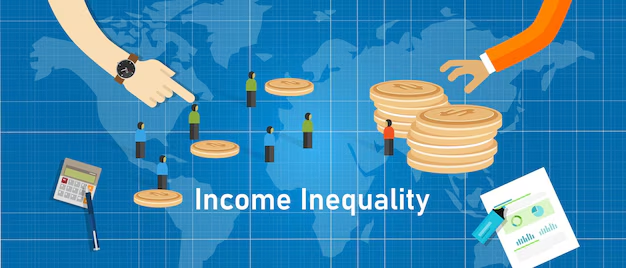In economics, Giniä is a stylized reference to the Gini coefficient, a widely used measure of income inequality within a population. As global conversations around economic justice, social equity, and wealth distribution grow louder, understanding what Giniä represents is more important than ever.
This article breaks down the concept of Giniä, explains how it’s calculated, and why it matters in today’s economy.
What Is Giniä?
Giniä, derived from the Gini coefficient, is a numerical measure used to represent inequality in income or wealth distribution. The value ranges between 0 and 1:
- A Giniä of 0 indicates perfect equality, where everyone has the same income.
- A Giniä of 1 means perfect inequality, where one person has all the income and everyone else has none.
In some reports, this number is scaled from 0 to 100, but the meaning remains the same — the higher the Giniä, the greater the inequality.
Who Developed the Giniä?
The Gini coefficient was developed by Italian statistician Corrado Gini in 1912. His work aimed to quantify income distribution, helping economists and policymakers evaluate how fairly wealth is shared within a society.
The modern term “Giniä” is sometimes used informally or stylized in academic discussions, publications, and data visualizations to refer to this metric.
Why Is Giniä Important?
Tracking Giniä gives insight into the health of an economy and the fairness of its growth. Countries with very high Giniä values often face:
- Greater social unrest
- Lower economic mobility
- Weaker consumer demand
- More pronounced political polarization
Conversely, economies with lower Giniä values tend to have stronger middle classes and more stable, inclusive growth.
How Is Giniä Calculated?
The Gini coefficient (Giniä) is calculated using the Lorenz curve, which shows the cumulative share of income earned by different portions of the population. The Giniä represents the area between the line of equality and the Lorenz curve, divided by the total area under the line of equality.
Though the formula can get technical, here’s a simplified view:
Giniä = A / (A + B)
Where:
- A is the area between the line of equality and the Lorenz curve
- B is the area under the Lorenz curve
Global Giniä Comparisons
Here’s how Giniä scores vary by region (approximate values):
| Country | Giniä Score (0–1) | Inequality Level |
|---|---|---|
| South Africa | 0.63 | Very High |
| Brazil | 0.53 | High |
| United States | 0.41 | Moderate |
| Germany | 0.31 | Moderate-Low |
| Sweden | 0.27 | Low |
These values highlight the disparities in wealth distribution and the social consequences that may follow.
Can Giniä Be Reduced?
Yes. Economies can reduce inequality by implementing:
- Progressive taxation
- Social safety nets
- Accessible education and healthcare
- Fair labor policies
- Wealth redistribution programs
Reducing Giniä is not only a moral goal but also an economic one — more equality often leads to stronger, more resilient economies.
Final Thoughts
Giniä, as an economic concept, provides a critical lens to view income inequality across nations and populations. Whether you’re an economist, policymaker, or a concerned citizen, understanding what Giniä measures — and how it reflects real-world disparities — is key to shaping a more equitable global economy.
If you’re analyzing economic data, tracking development goals, or just trying to understand inequality better, Giniä is a number worth knowing.
